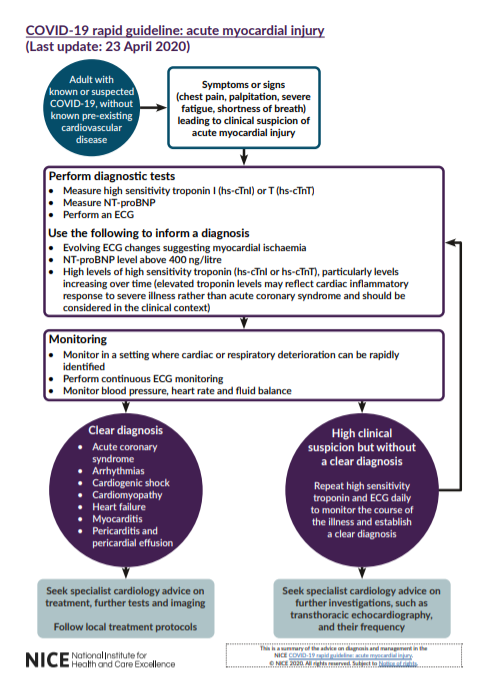National Institute for Health and Care Excellence | Depression in adults: treatment and management | NICE guideline [NG222]
This guideline covers identifying, treating and managing depression in people aged 18 and over. It recommends treatments for first episodes of depression and further-line treatments, and provides advice on preventing relapse, and managing chronic depression, psychotic depression and depression with a coexisting diagnosis of personality disorder.
This guideline updates and replaces NICE guideline CG90 (October 2009). This guideline was previously called depression in adults: recognition and management.
Full detail: Depression in adults: treatment and management
NICE have also created a series of visual summaries to explain the treatment and management of depression in adults:

